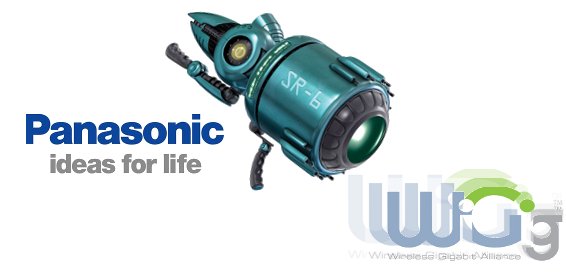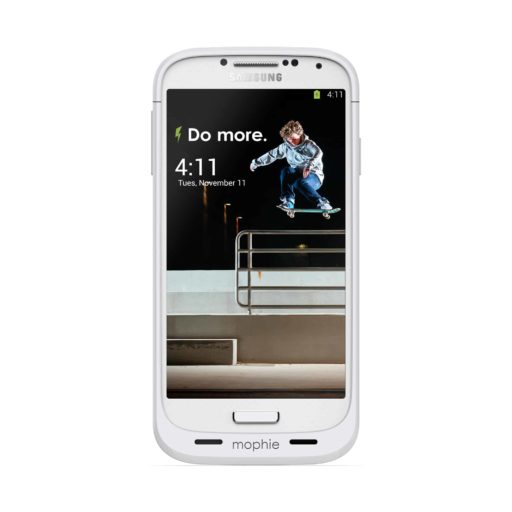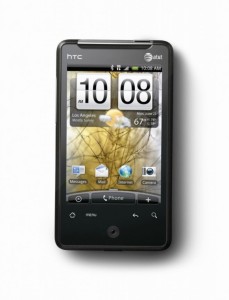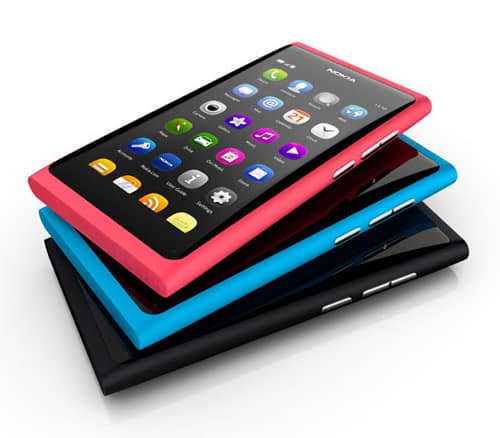Panasonic shrinks WiGig for cellphones, sets our hearts a flutter and is the first out the gate with a 802.11ad compatible chip for mobile devices and, despite its head-spinning multi-gigabit speeds. WiGig makes its way into your Droid or iPhone, but when it does you can look forward to wirelessly syncing entire seasons of Good Eats (in 1080p, of course) to your phone in mere minutes………..
Panasonic Corporation has successfully developed a 60GHz multi-gigabit wireless communication technology that is optimized for mobile devices, and supports the WiGig specification and/or the IEEE802.11ad draft specification. This multi-gigabit wireless communication technology consists of a 60GHz transceiver and a baseband processor which are integrated individually onto CMOS semiconductor chips through circuit technologies optimized for mobile devices. The technology enables multi-gigabit wireless communication of more than 20 times faster than existing wireless LANs using the 60GHz frequency band and through the optimization of both the transceiver core and peripheral circuits, it also enables lower than 1W low-power, multi-gigabit wireless communication in the future. Only the 2.4GHz and 5GHz bands have been used in high-speed wireless communication for mobile devices while 60GHz ultra-high-speed wireless communication remains to be employed only in stationary devices such as TVs, but not in mobile devices due to the higher energy consumption associated with the use of wider frequency bandwidth.
With high-speed communication of 20 times faster than existing wireless LANs, this technology allows the transferring of a 30-minute long compressed high definition (HD) video content within 10 seconds. In combination with the low power features made possible through the transceiver core and peripheral circuits optimization, it has been made viable for mobile devices such as smart phones that requires lower than 1W of power consumption in their radio function unit. This is a big step forward to realize stress-free, fast HD video content transfer and streaming on mobile devices. On this development, Panasonic holds 16 domestic patents and 16 overseas patents, including pending applications. This development will be presented at ICC 2011 (International Conference on Communications 2011) to be held at the Kyoto International Conference Hall, Japan from June 5 to 9, 2011. This new technology was partly supported by “The research and development project for expansion of radio spectrum resources” of The Ministry of Internal Affairs and Communications, Japan.
Features:
- The world’s lowest noise signal generator (-95dBc/Hz at 1MHz offset frequency) enables high sensitivity wireless performance. The transceiver has been integrated into a CMOS chip, which leads to miniaturization of the mobile devices.
- Forward error correction (FEC) code is indispensable to maintain reliability in high-speed wireless communication. In this technology, the circuit size of decoding block is 30% smaller than that of Panasonic’s conventional architectures by optimizing decoding circuits. This reduction results in lower power consumption.
- The chipset supports the WiGig specification, which is going to be an industry standard for a multi-gigabit, short range wireless communication system. It will provide reliable interoperability among various devices.
The technology consists of the following new Panasonic’s technologies:
- A unique multiband voltage controlled oscillator technology, which achieves excellent phase noise while covering over 9GHz frequency bandwidth required by the WiGig specifications.
- A FEC decoding circuit technology, which enables the use of common functional units to handle various error correction codes specified in the WiGig and at the same time, achieves low power by reducing the circuit complexity and the operation frequency.
[ttjad keyword=”android-phone”]




